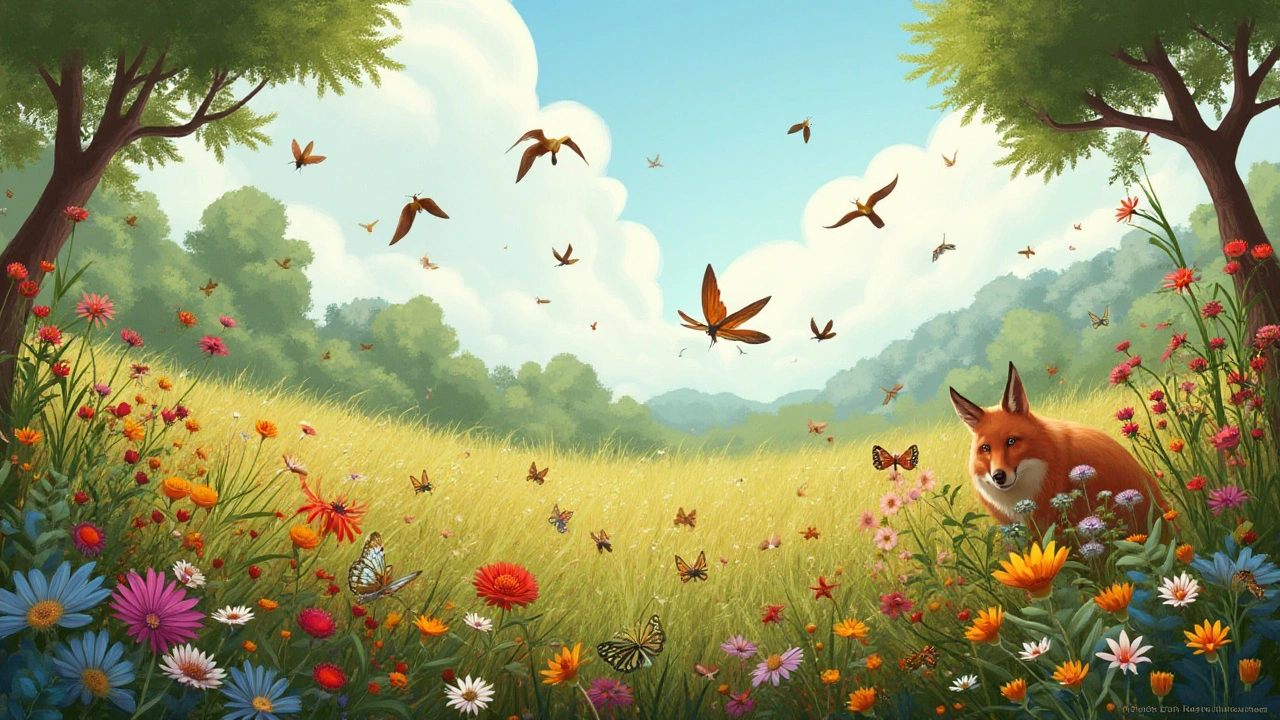Ecosystem Structure: What It Is and Why It Helps You
Ever wonder why a forest, a town, or an online group seems to work together in a certain way? That’s the ecosystem structure at play. It’s basically the pattern of how parts fit together, share resources, and keep everything moving. Knowing the basics can help you spot opportunities, solve problems, and boost your own projects.
What Is Ecosystem Structure?
Think of an ecosystem like a puzzle. Each piece – plants, animals, people, services – has a specific spot. The structure is the way those pieces link up. In nature you see food chains, shelter zones, and migration routes. In a community you see schools, clubs, local businesses, and how they rely on each other. The key idea is that nothing works in isolation; everything is connected.
Two things define the structure: the components (the actors) and the relationships (who gives what to whom). For example, a local youth club provides activities for kids, which keeps families engaged, which in turn strengthens neighborhood safety. That loop is a simple ecosystem structure.
Why It Matters for Communities and the Environment
When you understand the layout, you can improve it. If a community’s park is underused, you might add a weekend market or a fitness class. Those new activities create fresh links and make the whole area more vibrant. In nature, protecting a keystone species—like bees—keeps pollination flowing, which supports many plants and the animals that eat them.
Knowing the structure also helps you spot weak points. A missing service, like affordable transport, can break the flow and make other parts suffer. Fixing the gap often has a ripple effect: better transport means more people can attend events, which boosts local economies and social ties.
Practical steps to map your own ecosystem structure:
- List the main parts: people, places, services, natural resources.
- Draw lines showing who depends on whom.
- Identify strong links (lots of interaction) and weak links (few or broken).
- Prioritize fixing weak links or adding new ones that fill gaps.
For example, a small town might discover that its senior center doesn’t connect with the local library. By creating a joint reading program, they link two strong community assets, giving seniors more social contact and boosting library visits.
Another tip is to watch for feedback loops. Positive loops, like more volunteers leading to better events, which attract more volunteers, keep growing. Negative loops, like high cost driving people away, need to be broken quickly.
Finally, remember that ecosystems evolve. What works today might need tweaking tomorrow. Keep checking your map, talk to the people involved, and stay open to new connections.
Understanding ecosystem structure isn’t just for scientists. It’s a handy tool for anyone who wants to make a place—whether a neighbourhood, a club, or a natural area—work better for everyone.

Understanding the 7 Levels of Ecological Organization
Ecology, a branch of biology, demonstrates how species are interconnected, supporting the delicate balance of our planet. The seven levels of organization in ecology provide insight into these complex relationships, ranging from individuals to the entire biosphere. This framework helps us explore ecosystems efficiently, allowing for targeted conservation efforts. By understanding these levels, we can better appreciate and protect the intricate diversity of life.